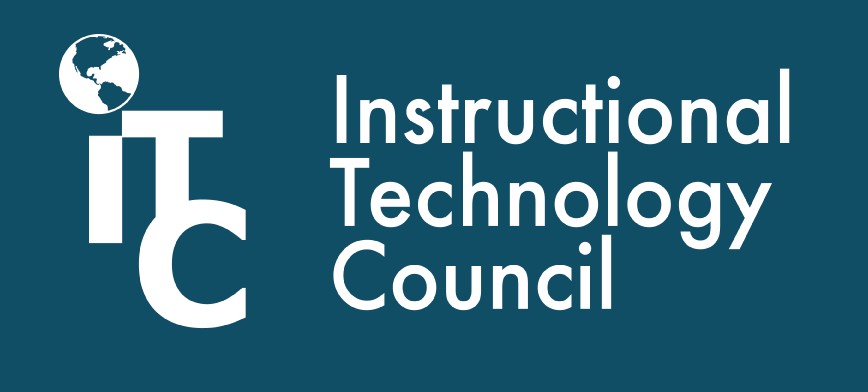Institutions are dealing with a variety of staffing challenges on both the administrative support and classroom sides. Many instructors are exhausted from the paradigm shift on their approach to teaching, regardless of modality — some of this is tied to the sink or swim adoption of “new” technology.

That leads to the question, is this all really that new? But more importantly, how do we characterize or define “classroom technology?”
On the surface, the phrase “classroom technology” could conjure up the picture of projectors, Smartboards, computer podiums or, depending on your age, the beloved overhead projector. It’s the technology in the classroom, right? There isn’t much difference between the computer podium and a standard laptop except for mobility; both students and instructors use computers regularly to complete and grade assignments so now the definition grows to include “the tools we use to teach.”
This article is part of a biweekly series provided by the Instructional Technology Council, an affiliated council of the American Association of Community Colleges.
Now we take another step back and think about the programs we use to construct activities like Word, Google and various media used in lessons. It keeps growing, so go back to the question — is this new?
A quick classroom technology history lesson
Microsoft Office launched in November 1990. That was just the initial release of the product currently used. Bill Gates initially announced the product containing Word, Excel and PowerPoint in 1988.
Google Workspace, formally known as G Suite and Google Apps for your Domain, launched around 2005, and the popular tool Google Drive hit the market in 2012.
Now for learning management systems (LMS), Blackboard was founded during the grand old age of grunge in 1997 with D2L quickly following in 1999. Instructure is actually the baby of the group, founded in 2008 and launched the LMS Canvas in 2011.
Believe it or not, Zoom popped up around the same time as Canvas in 2011.
This history of distance education could go far back with correspondence schools, but probably the first big name in online education was the University of Phoenix, which launched as the first fully online college in 1989.
Teaching and training
While many of us look at Gen Z as digital natives, the previous generations were actually building the technology. So, is this technology new? The answer is no, but we need a new approach to including this in onboarding and consistent professional development. Higher education is a tricky place. Graduate programs teach individuals how to become subject matter experts and rarely how to teach the subject, nevermind what classroom technology they will need.
There is a void in the teaching field to ensure instructors are fluent in classroom technology tools. Most jobs require someone to step into a role with experience in the tools required for the job, but education focuses on the subject matter. That’s still a good thing — institutions need experts who are passionate and eager to share that passion in a student-centered learning environment.
Think about how your institution defines “classroom” technology, and whether your institution is providing and enforcing instructors to be trained in basic classroom technology. This can be as simple as developing self-paced, open educational resource (OER) courses on computer basics like Lumen Learning’s Computers Application for Management. Many institutions’ workforce development programs already run basic computer courses, so colleges could offer academic instructors free or discounted enrollment in certain courses.
Many colleges run courses to “certify” online instructors, but without a review process it can be difficult to ensure that best practices and best use of the tools are maintained once the course ends. Consider establishing a “check-in,” course review process or a re-certification program every several years. But don’t make it a chore; make it an opportunity to reconnect, innovate and inspire instructors.
When developing a curriculum, we look at learning objectives and think about what a student will need to know to succeed. Let’s apply that to professional development and identify what “TechKnowledgy” instructors will need to teach successfully.





